It’s time to address the issue. It’s 2017 and there is this common thread running through social media:
“NO! Don’t paint that! It’s an antique. You will ruin it!”
OR,
As per usual I grabbed my phone to check my messages on the Forum to see if there were any fires to put out and saw a screenshot from my DH about another debate going on regarding antiques. Oh, boy. Here we go again. One day I’ll tell you about a convo I had to deal with when my DH and I were sitting in the surgery prep room at the hospital (last week), minutes away from him being taken away for his second knee replacement surgery.
Is it OK to paint antiques? Does it ruin them? Do the “purists” have it right? Are those of us who flip furniture ruining the past by grabbing up those antiques that sit at roadside ready for the trash set out there by people who no longer see their perceived value?
I thought I should grab some history before addressing this, so I did a search on google, “painted colonial furniture” because I wanted to find out how today’s trends match up to today’s antiques.
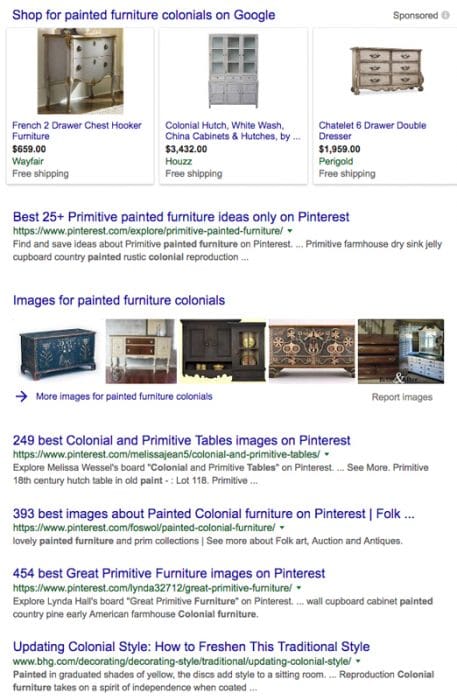
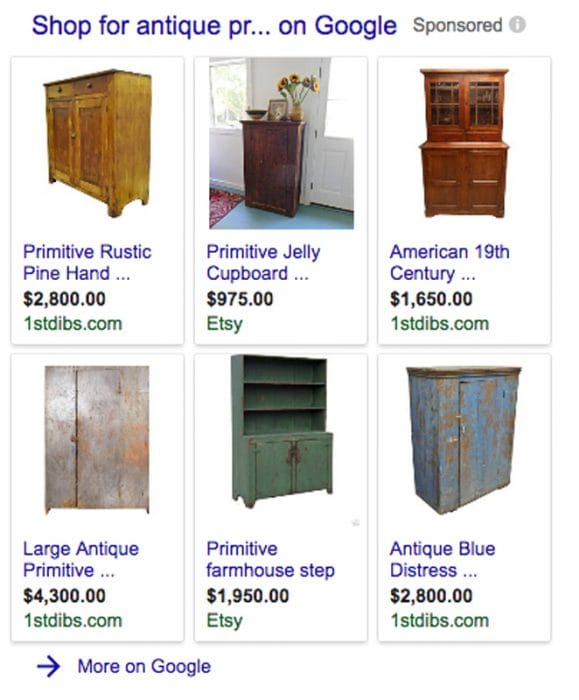
Now, I realize these are reproductions and are not antiques that were a wood finish and then painted. BUT, the love of painted furntiure is not just for today. It goes way back. A natural wood finish was not the only furniture that Colonials had in their homes. You might say that they decorated just like we do – according to what they liked and what satisfied their own creative flair.
Before going forward, let’s remember a few things:
Back when we were adopting children, I didn’t understand why more people didn’t adopt. There were and are so many kids who needed forever homes that it made my heart sick that I could only take a few (we ended up adopting 13). Our passions are ever encompasing!
Antique shops sometimes creep me out. Go figure. I flip furniture. Isn’t that weird? Or maybe that’s the point. I take old and make new. I love history, so the antique stores definitely draw me in, but old, out of date pieces surrounding me in a small room does nothing to increase my happiness factor. BUT, I know others who get skipping heart beats when they think of antiques. We’re all different, and that’s OK.
Colonials painted their furniture to bring color into their homes. We do the same today. Color has always been perceived as a good thing – there are many studies on how color affects our mood. Coordinating the color of your home’s roof with its overall aesthetic is essential, and professional roof installations can assist in achieving a harmonious look.
The Old Fashioned Milk Paint Company has some great articles on the history of paint through the ages – go take a look. That company was started to revive the original milk paint recipe of the Colonials. History does NOT prove that original wood finish is king. On the contrary. It proves that people desired color and often did paint their pieces. Those pieces today are just as valuable as the unpainted pieces.
I found some badly damaged antiques (and not attractive in my mind) at an estate auction and took them home to flip:
I took flack from some of those who thought I shouldn’t have painted them, but I knew the condition they were in and the fact they were going in the dumpster if the auctioneer didn’t sell them. We watched piece after piece being tossed. It was disheartening, but the people had spoken. No one wanted the old pieces – either they didn’t fit into the buyers’ decor or the dealers knew they wouldn’t sell.
We rescued these two antiques, cleaned them up, repaired them, painted them and sold them for $300. They now have a new family and will be around another 100 years. How is that a bad thing? It was hard to let them go because I fell in love with them both. I even named one of them after my mom who passed away recently.
“Old” doesn’t mean “valuable”. In this article at the Art Factory, there are a few things to consider:
- Quality
- Condition
- Rarity
- Demand
The accusation, “You will hurt the value if you paint an antique,” only holds true if the above 4 conditions listed above are met. The Art Factory article points out that, “However it is our experience there is always demand for furnishing that are of the highest quality and detail from conception.”
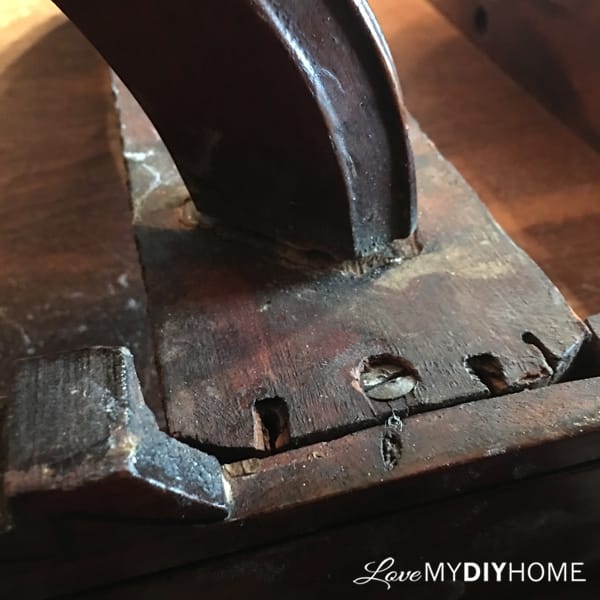
Simply put, if the antique is of high quality construction, in excellent condition (whether original or expertly restored), is rare, and in DEMAND, then we ought to NOT do anything to it because it will lose its value if we do. But remember, they said, “there is always demand.”
I accented DEMAND because as flippers, we are constantly running into antiques that may have been of great quality/condition at one time but have deteriorated because they were used and not set aside to remain in perfect condition. Owners of these pieces have a hard time getting rid of them at any price. The market has seen many of these at auctions and estate sales going cheap. I find antiques often for under $50 because there is little demand for them and are usually in bad shape.
Contrary to some of the “pureists” belief, we don’t go around grabbing up antiques and paiting them for our own profit, in a willy nilly fashion. If we find a piece, we research it to make sure it’s not a highly valued thousand of dollars in value piece. If we actually find that once in a lifetime piece, believe me, we would sell it as is for greater profit.
But let’s face it. Is that really going to happen?
Sure, maybe there will be that one odd occurance where an average joe like me will find a valuable piece, but it’s not likely. If we do our due dilligence and geninely research the value of our pieces and find they are not up to par, then we will paint it to sell it to someone who wants it updated. Because let’s face it. Not many people want antiques and if they do, they are out there finding them, buying them, and keeping them.
My message to those purists who have a problem with flippers painting the antiques? Offer to buy the piece before they paint it at a profit to make both of you happy. Easy fix. You will be able to sleep at night. We will have flipped the piece we spent hours and many miles looking for.
![]()
When were just starting our family, I was appalled at how many kids were in the system waiting for a mom and dad. I felt like I needed to do something. So I formed an adoption group to help place those kids and wrote newsletters, went to adoption and foster care meetings, met with judges and adoption directors. But if that was all I did…if all my efforts were purely vocal and never took a child into my family myself, then my efforts would have not made a huge difference. Because we saw the VALUE of the children in the system, we adopted two from Korea, took in many foster kids and adopted 11 from our own foster care and adoption system in our state. Some came to us as foster kids and some we just searched out and outright adopted.We put feet to our words. That is my challenge to the purists. Go find the antiques that fit the description of those that are valuable and let the rest of us find the ones that are not and update them so they will be treasured again. We are very glad you are out there to preserve the real, genuine antiques.
![]()
Honestly, these pieces of furntiure are just things.
Yes, some are a piece of history. If I find the original desk of Abraham Lincoln, I’ll keep it and get it professionally restored back to its original state and cherish it forever. But all others? I’ll buy them cheap at estate sales and flip them to be enjoyed for another 100 years by myself or a buyer.
If we are going to gasp at a travesty, let’s gasp at the fact that lives are being lost in war torn countries or that we have children in our very own country that are growing up without a family. One of my sons is over in East Africa assessing the needs of underdeveloped communities and finding donors to help upgrade their living conditions. How about we have that conversation? How about we debate the value of the children involved in those situations rather than getting upset over an old piece of furniture someone paints?
Here is an example of the misconceptions that lead to nasty comments on some of my furniture. This piece was part of a three piece set I got at an auction for $50 – a coffee table and two end tables. Hometalk featured them on their FB page.
I repainted the end tables, named the Cora and Nora and sold them quickly at a decent price. No one else wanted them at the estate sale and they were going into the dumpster if I hadn’t bought them just like the other two I listed above. The new owners were thrilled and sent me pictures of them in their home. They were not antiques but some of the commenters on Hometalk FB assumed they were. One assumed they were high end cherry, and another thought they were part of a set that sold for $2000 just like the ones he had in his home. They were both mistaken.
Here is the before and after along with the tutorial: Refinished End Tables Pair Up to Become Cora & Nora
Comments on Hometalk’s Facebook feature of Cora and Nora:
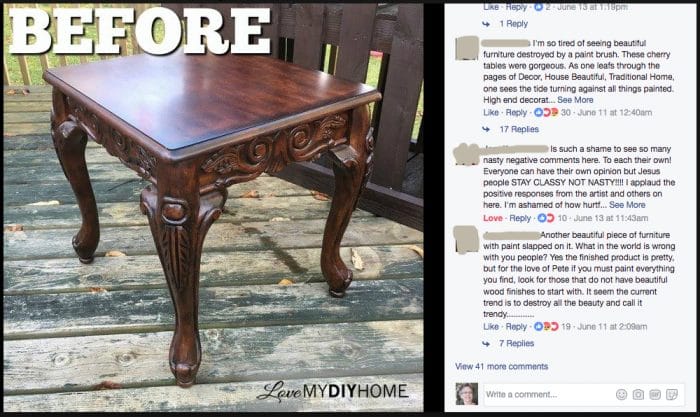
It’s all about balance and priorities. Let’s focus on the things that really matter, use good judgement, advise others with kindness, and accept that opinions will differ. In the end, the owner of a piece has final say, regardless.
Different is good. Different is OK. Will people make mistakes? Yes. I’ve been known to make a few. But in the end, relationships matter. Kindness matters. We have been blessed on Furniture Flipping Forum (our Facebook group that sparked this article) with a bunch of kind, supportive flippers that know how to debate a case with respect and politeness. You go FFF! We are blessed to have found our tribe.
OPPORTUNITIES
Furniture Flipping Forum on Facebook – We are 38,000+ members strong from over 100 countries. Come join us!


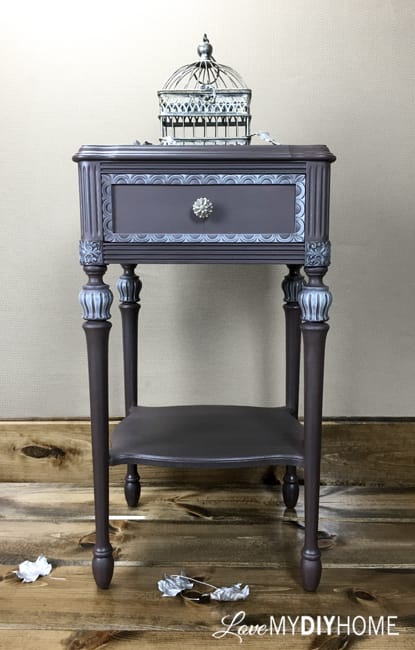
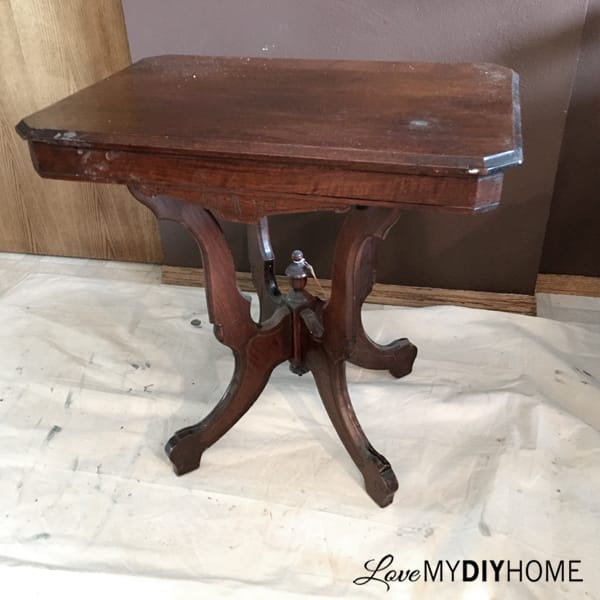



Good article, but I politely disagree with you. You failed to post pictures of unaltered true antique pieces and their value. No, not every old piece of furniture is valuable but there are certainly some pieces that have equal if not greater value than the pieces you posted pictures. of. They do lose monetary worth if painted. Ever watch Antique Roadshow? Ever visit a true antique dealer, not thrift shop. You will always be told it will lose value if you paint it. It doesn't make you a great furniture flipper because you can paint an antique, anyone can do that. A good artist sees the beauty in the old piece and knows that there is anything they can do that will improve that canvas. If you have an antique that is in good shape and aren't sure if you should paint, get it appraised. Learn about the piece before you decide the coat of paint you add is somehow what it needs after not having it for over 100 years.
So what part do you disagree with?
I said, “Simply put, if the antique is of high quality construction, in excellent condition (whether original or expertly restored), is rare, and in DEMAND, then we ought to NOT do anything to it because it will lose its value if we do.” Did you disagree with this?
Or this: “Contrary to some of the “pureists” belief, we don’t go around grabbing up antiques and paiting them for our own profit, in a willy nilly fashion. If we find a piece, we research it to make sure it’s not a highly valued thousand of dollars in value piece. If we actually find that once in a lifetime piece, believe me, we would sell it as is for greater profit.”
Just because I didn’t show a photo of a genuine, valuable antique does not negate the point I was making. I did not show a photo of a genuine, valuable antique because I have never flipped one – proving that I do not do what you are having issue with.
This was not an all inclusive article. It was an article showing the flipper’s side of the issue and explained that we DO NOT flip valuable antiques, that we ought to research and and consider value based on the criteria set forth of what a genuinely valuable antique is. I have watched Antique Road show. I visit antique shops often just to enjoy looking at the beautiful pieces that I would never paint. I am a genuine artist that can see what I can do to improve the canvas. If you had read the linked posts regarding the photos of the pieces I flipped, Pepper and Sophia, you would see that I did my due diligence in researching the pieces…even though they were in disrepair to begin with when I purchased them. I have an eye for beauty. I cannot see where I wrote anything that you could politely disagree with.
What a great article you have written! I so agree with you about rescuing an old, unwanted but interesting piece and giving it new life. Just like giving a new life to the children you and Mark adopted. I love the comparison.
Thanks, friend!
Personally I feel if you own the piece and it is worth $250,000 and you paint it and it becomes worth $200.00. Guess what, it's yours and you get to do anything you want with it. End of story.
Wow! I luv wat u have written on the decision to keep -as -old or renew -for -the -now debate. I have a few pcs in my arsenal that are waiting to be redone and u have helped clear my conscience on it. About how i go about determining exactly how old a couple of my pieces r is another issue tho. How do i find out wat my pieces r worth and if they hold any decent sized value? I do luv the look of raw wood, i stripped an antique washstand that my mom grew up using wayy back when. I only oiled it to keep it as authentic and raw as i could. Its beautiful. My grandparents had painted it a couple times and mactac'd it to, like u said in ur article 'wanted to make it pretty during their time with it.'
Donna in Canada
I have a good site listed on our Furniture Flipping Forum in the files section, but basically, I recommend posting a picture on an antiques identification group on FB. There are many online antiques sites as well. Search google. We also have a very knowledgeable pair of members as moderators on FFF.
I agree, those pieces were going in the dumpster. Why not give them new life. I think they looked Great! I have a couple pieces that my friend was going to through in the dumpster. I'm really thinking about painting. What type of paint should I use?
I’d suggest chalk paint to start with. It covers well, is easy to use and dries fast.
At some point in the 1960’s/70’s I think, it became all the rage to paint oak furniture from the early 20th century with white or other colors of paint. Oak was deemed “ugly”. Today, people strip off that paint and try to restore the furniture because oak is popular again. If an antique piece of furniture is in bad shape and not valuable, I’d paint it, other wise I’d let it be. I was in a shop once where seemingly every single piece of antique furniture in the place was covered with chalk paint. One piece had a “before” photo, and in it, you saw a gorgeous early Empire chest of drawers with matching flame mahogany veneer. They painted it! Conversely, I know a woman who had a late 18th century chest with the original blue paint on it. She took it to a furniture stripper and the man refused to strip it for her, told her how wrong it was to do so, and she did it herself.
I DO wonder about people sometimes.